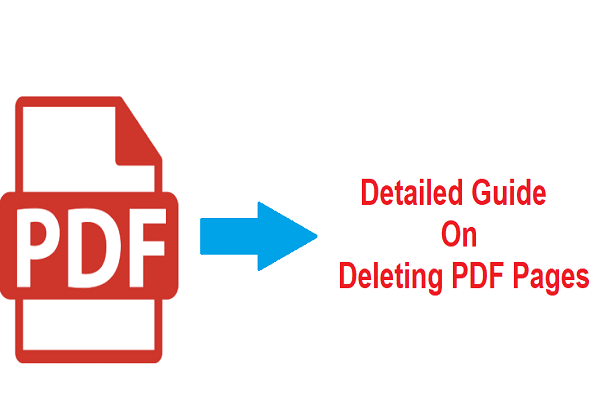In the cybersecurity world, an ounce of prevention is worth a pound of cure; it’s generally much better to be proactive than reactive. That said, it’s also important to have some reactive measures in place.
What’s the difference between proactive and reactive cybersecurity, and how can you use this information to increase the robustness of your organization’s security?
Contents
Proactive vs. Reactive Cybersecurity
Reactive cybersecurity strategies have little in the way of advanced planning. Instead, business owners and strategic decision makers who proceed with this course usually wait for a threat to arrive before they acknowledge or deal with it.
For example, your company may have no cybersecurity strategy or security measures in place. One day, when you’re the victim of a ransomware attack, you realize the threat, contract with a third party who can help you manage the issue, and then put measures in place to prevent a ransomware attack in the future. Arguably, the last piece of this strategy is proactive, rather than reactive, though you didn’t take this action until you were prompted.
Proactive cybersecurity strategies are all about forward thinking, prevention, and planning. Proactive security experts don’t wait for threats to hit them; they forecast, analyze, and make preparation for those threats.
For example, you might hire a team of IT consultants and audit your existing cybersecurity measures, while simultaneously conducting a risk analysis to evaluate which threats are most significant to your operation. If you recognize any shortfalls in your existing cyber security measures, you can augment them and guard against those prospective threats.
The Benefits of Proactive Cybersecurity
Proactive cybersecurity is universally better than reactive cybersecurity for several reasons:
- Breach prevention. Even relatively small data breaches can be devastating to your business. In large businesses, they can cost millions of dollars. In small businesses, they can be ruinous. Reactive cybersecurity strategies may be able to mitigate some of the damage, or help you recover after you incur these expenses, but only proactive cybersecurity strategies can actually prevent breaches. The goal isn’t to heal faster; the goal is to prevent injury.
- Time efficiency. Proactive cybersecurity tends to cost less time. Analyzing the weaknesses of your defenses, incorporating better defenses, and practicing ongoing monitoring are time-consuming activities. But it’s even more time-consuming to recover from a data breach, get rid of ransomware, and conduct root cause analyses to figure out what went wrong after the fact. Additionally, proactive cybersecurity allows you to preserve uptime, allowing your business to continue while your counterparts struggle with downtime in the wake of a cybersecurity disaster.
- Cost efficiency. As you might imagine, proactive cybersecurity is also more cost efficient. You’ll spend more money upfront, but you’ll save much more on the back end. Think of it this way; would you rather spend $50,000 upgrading your defenses and keeping your company safe or $1,000,000 recovering from the damage of a data breach? Obviously, a data breach isn’t guaranteed, but proactive cybersecurity is a valuable insurance policy against the worst-case scenarios.
- Defensive agility. Being proactive gives you a kind of defensive agility. The “bad guys” of the world – hackers and other cybercriminals – are constantly evolving to offer more formidable threats. If you only practice reactive security, you’ll only be able to respond to these threats after they arrive. If you work proactively, you can anticipate them and guard against them.
- Anticipating internal threats. Proactivity is also the only way to anticipate and guard against internal threats. It’s not just hackers who can threaten your business; it’s also malicious parties inside your business.
- Finding and fixing more mistakes. No cybersecurity strategy is perfect. Practicing proactive analysis and monitoring allows you to find and fix more mistakes before they become a problem.
- Improving compliance. Proactive security is the only way to improve your compliance in some cases.
Also read: How to Build a Small business Cyber Security Plan
Tips for More Proactive Cybersecurity
So what can you do to practice more proactive cybersecurity?
- Work with pros. If you can afford it, work with a team of professionals who can closely audit your cybersecurity strategy and consult with you about prospective improvements.
- Audit and test regularly. Audit your defenses and test them regularly to ensure you’re adequately guarded against the most common threats.
- Educate and train your staff. Even simple employee mistakes can have disastrous consequences for your business, so educate and train your staff on cybersecurity fundamentals.
- Commit to ongoing improvements. Cybersecurity is constantly evolving. You need to commit to improving your defenses iteratively if you want to remain appropriately protected.
There’s no question that proactive cybersecurity is better than reactive. When carried out properly, proactive cybersecurity can eliminate, prevent, or mitigate the vast majority of threats to your organization.




